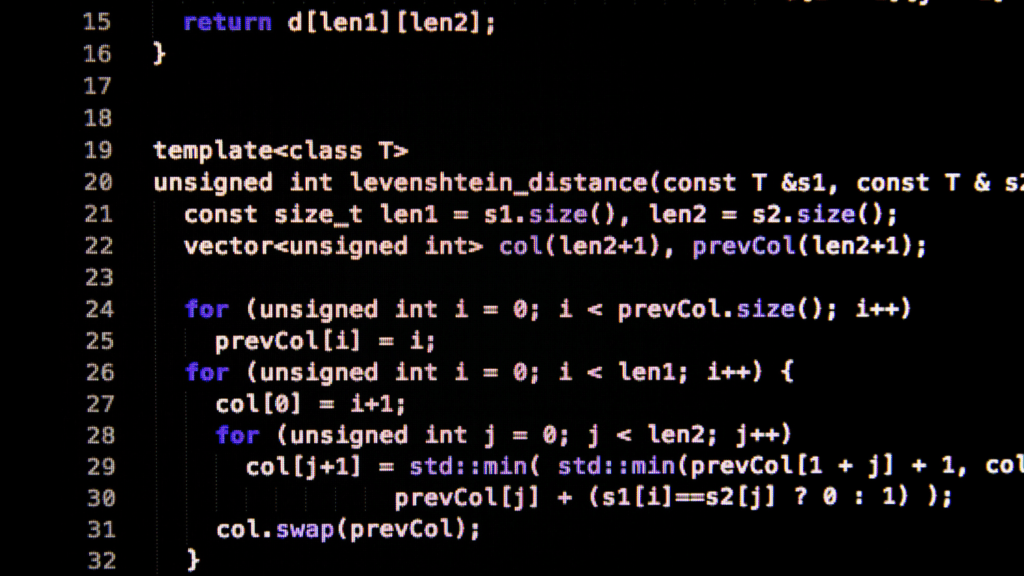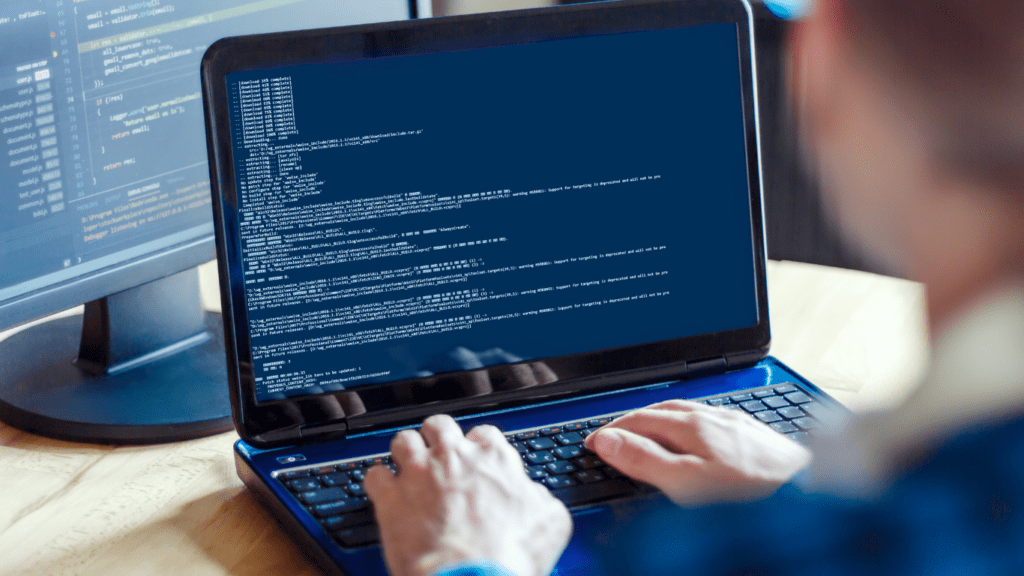Understanding Error Handling
Error handling involves identifying, managing, and resolving issues during code execution. A well-planned error management strategy ensures code behaves predictably, even in unexpected scenarios.
Importance of Robust Error Handling
Robust error handling maintains system reliability and improves user experience. When code handles errors effectively, applications avoid crashes, preserve data integrity, and enhance overall performance. For example, validating user input on a login form prevents invalid data from disrupting the authentication system. Proper error handling also simplifies debugging and issue tracing, reducing development time.
Common Challenges in Error Handling
Common challenges in error handling affect code quality and maintainability. Misidentifying exceptions like treating invalid inputs as system errors can lead to inefficient debugging. Inconsistent error messaging confuses users, making troubleshooting harder. For instance, displaying generic error messages like “Something went wrong” offers no actionable information. Overlooking edge cases further disrupts robustness, increasing failure risks in production systems. Addressing these challenges requires deliberate effort, clean code practices, and continuous testing.
Best Practices for Writing Fail-Proof Code

Fail-proof code minimizes risks and maximizes reliability by addressing potential issues proactively. By following these practices, I improve code resilience and ensure smoother execution in real-world projects.
Using Try-Catch Blocks Effectively
I use try-catch blocks to gracefully handle recoverable errors during runtime. This ensures the application doesn’t crash unexpectedly, even when issues occur. I keep try blocks minimal, focusing only on vulnerable code sections, and catch blocks specific to handle known exception types. For example, catching a FileNotFoundException when reading files prevents generic error handling, which can obscure root causes. I avoid empty catch blocks as they suppress errors and hinder debugging.
Validating Inputs Before Processing
Validating inputs ensures data integrity before code execution. I perform checks for data type, format, length, and range constraints. For example, validating email addresses for proper format before database insertion avoids unnecessary exceptions. In addition to client-side validation, I implement server-side checks to prevent malicious inputs or bypassed validations. This reduces edge-case failures and enhances system consistency.
Logging and Monitoring Errors
Comprehensive error logging and monitoring help me identify, analyze, and resolve issues efficiently. I log errors with contextual details, such as timestamps, user actions, and system states, while omitting sensitive data like passwords. When monitoring, I integrate tools like Sentry or Datadog to track real-time error trends and system performance. This approach ensures I address errors quickly and improve long-term stability across project deployments.
Strategies for Real-World Projects
Implementing error handling strategies tailored to real-world projects significantly improves system stability and user satisfaction. I focus on practical techniques to create resilient code that addresses challenges in dynamic environments.
Customizing Error Messages
Providing clear and informative error messages improves debugging and user comprehension. I avoid generic messages like “An error occurred” by specifying the nature of the issue, such as “Invalid input: Email format required.” Descriptive messages guide users to correct their actions and help developers identify the root cause without ambiguity. Including error codes and action steps further enhances effectiveness, especially in complex systems.
Implementing Graceful Error Recovery
Designing systems to handle failures without full crashes ensures a seamless user experience. I implement fallback mechanisms, such as retry logic for temporary API outages or default values when optional data is missing. For instance, if a payment gateway fails, providing users with alternative payment options prevents transaction loss. Graceful degradation allows critical features to remain functional, minimizing disruptions.
Testing Error Scenarios Thoroughly
Simulating failure conditions during development identifies vulnerabilities early. I write test cases for edge cases, timeouts, and incorrect inputs to ensure code reacts predictably under stress. Using unit and integration tests, I verify correct exception handling and analyze system behavior under real-world conditions. For example, I test file uploads with incorrect formats to confirm error routines don’t crash the application. Comprehensive testing boosts overall system reliability.
Tools and Libraries for Better Error Handling
Incorporating the right tools and libraries into projects simplifies error detection, debugging, and recovery. I use these resources to improve code reliability and maintain smooth operations across applications.
Popular Error Management Tools
- Sentry: Sentry assists in tracking runtime errors by capturing stack traces, user interactions, and system context. Its real-time notifications ensure quick resolution of issues.
- Rollbar: Rollbar offers error monitoring and automatic aggregation of incidents. It provides detailed insights into recurring issues, helping me prioritize fixes effectively.
- Bugsnag: Bugsnag supports detecting, classifying, and resolving errors at scale. It integrates well with various frameworks and includes features for user impact analysis.
- Raygun: Raygun focuses on application performance and error reporting. It highlights performance bottlenecks in addition to errors, enabling a balanced approach.
Best Libraries for Code Reliability
- TryCatch.js (JavaScript): I use TryCatch.js for structured error processing in Node.js and browser-based apps. It streamlines error tracking and handling code segmentation.
- Error-Prone (Java): Error-Prone detects bugs in Java code during compilation. This tool reduces common mistakes and produces cleaner, more predictable outputs.
- SymPy (Python): For Python applications, I rely on SymPy for symbolic error analysis in complex mathematical models. It prevents computational inconsistencies.
- Actix (Rust): Actix simplifies error handling in Rust web applications. It ensures safe threading and swift recovery from errors in server processes.
Integrating these tools and libraries strengthens error management strategies and boosts overall system reliability.

 Frank Gilbert played an instrumental role in shaping the foundation of Code Hackers Elite. With a sharp eye for innovation and deep expertise in software architecture, Frank was central in building the technical framework that powers the platform today. His commitment to clean, scalable code and forward-thinking development practices helped establish a strong backbone for the site, ensuring that the delivery of tech news and coding resources remains seamless and efficient for users worldwide.
Frank Gilbert played an instrumental role in shaping the foundation of Code Hackers Elite. With a sharp eye for innovation and deep expertise in software architecture, Frank was central in building the technical framework that powers the platform today. His commitment to clean, scalable code and forward-thinking development practices helped establish a strong backbone for the site, ensuring that the delivery of tech news and coding resources remains seamless and efficient for users worldwide.
